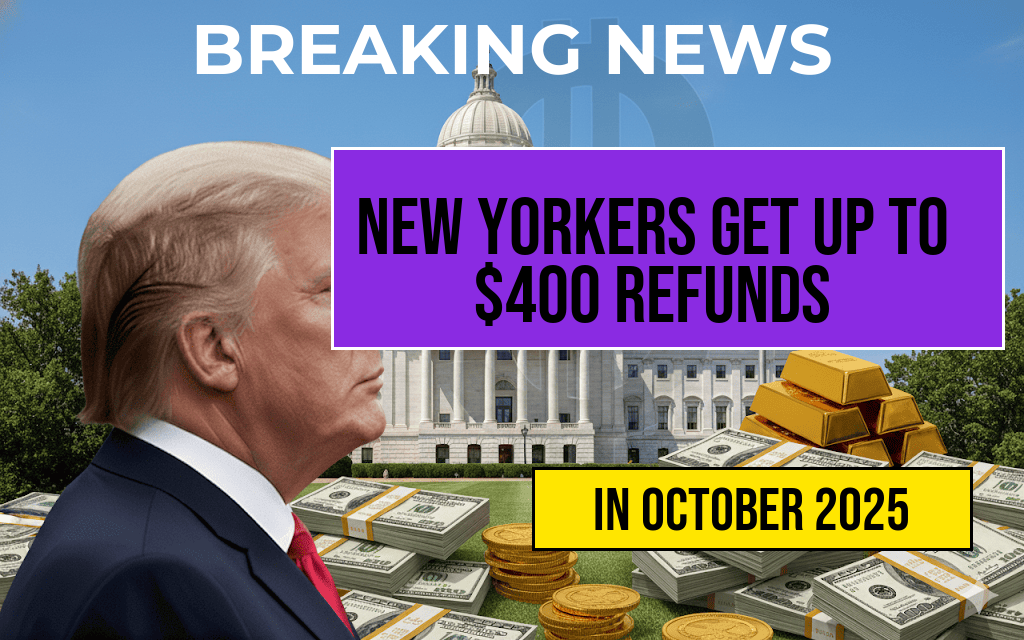California and New York are poised to implement a $16.50 hourly minimum wage, reflecting ongoing efforts to address income inequality and support low-wage workers. This significant increase comes amid rising living costs and inflation, with both states recognizing the pressing need to provide sufficient compensation for labor. The new wage law is part of a broader trend across the United States, where various states are reevaluating their minimum wage policies to meet the needs of their residents. As of January 2024, employers in California and New York will be expected to adhere to this wage increase, which advocates argue will help lift many families out of poverty while critics raise concerns about potential impacts on small businesses and job growth.
Details of the Wage Increase
The scheduled increase to $16.50 per hour represents a significant leap from previous minimum wage levels. Here’s how the implementation will unfold:
- Effective Date: January 1, 2024
- Current Minimum Wage: California’s current minimum wage is $15.50, while New York’s is $15.00.
- Coverage: The new wage will apply to all non-exempt employees across various sectors.
Economic Context
Both states have seen substantial increases in the cost of living over the past few years. The decision to raise the minimum wage stems from various economic factors, including inflation and housing costs. In California, for instance, housing expenses have risen significantly, making it challenging for residents to afford basic necessities. Similarly, New York City has experienced soaring rents, prompting calls for wage adjustments to keep pace with living costs.
Support for the Increase
Proponents of the wage increase argue that a higher minimum wage is essential for ensuring workers can meet their basic needs. Organizations such as the Economic Policy Institute highlight research showing that raising wages leads to increased consumer spending, which can stimulate local economies. Here are some key benefits of the wage hike:
- Reduction in poverty rates among low-wage workers.
- Increased disposable income, leading to greater consumer spending.
- Improved employee morale and reduced turnover for businesses.
Concerns from Opponents
Despite the support for the wage increase, there are concerns from various business groups and economists. Critics argue that a higher minimum wage may lead to unintended consequences, such as:
- Job Loss: Employers, particularly small businesses, may struggle to absorb the increased labor costs, potentially leading to layoffs.
- Increased Prices: Businesses might raise prices to maintain profit margins, which could negate the benefits of a higher wage.
- Automation: Businesses may turn to automation to reduce labor costs, impacting job availability.
Comparative Analysis
California and New York are not alone in their efforts to raise the minimum wage. A growing number of states and cities across the U.S. are implementing similar measures. Below is a comparison of minimum wage rates in some major states:
| State | Minimum Wage |
|---|---|
| California | $16.50 |
| New York | $16.50 |
| Washington | $15.74 |
| Massachusetts | $15.00 |
| Florida | $15.00 |
Looking Ahead
As the implementation date approaches, both California and New York are preparing for potential challenges associated with the wage increase. Legislative discussions and community forums are expected to take place in the coming months to address concerns and gauge public sentiment. Stakeholders from various sectors will continue to evaluate the impact of this wage change, with the hope that it will lead to a more equitable economic landscape in both states.
For further details on minimum wage legislation and its implications, visit the Forbes website and the National Employment Law Project.
Frequently Asked Questions
What is the new minimum wage set to be in California and New York?
The new minimum wage in California and New York is set to be $16.50 per hour.
When will the $16.50 hourly minimum wage take effect?
The implementation date for the $16.50 hourly minimum wage is scheduled for 2024, although specific dates may vary by state.
Who will be affected by the new minimum wage law?
The new minimum wage will affect all workers in California and New York who are entitled to receive a minimum hourly wage, including part-time and full-time employees.
How does the new minimum wage compare to the previous rates?
The $16.50 hourly minimum wage represents an increase from the previous rates, which were lower and did not keep pace with inflation and cost of living adjustments in these states.
What are the potential impacts of the minimum wage increase?
The increase to $16.50 per hour may lead to improved living standards for workers, but it could also result in higher costs for businesses, which may impact hiring and pricing strategies.













